6. Hoop Dreams (1994)
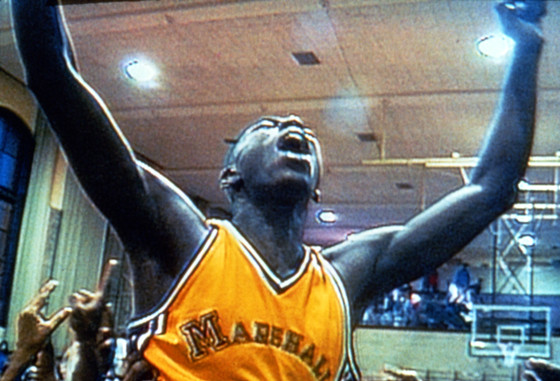
Documentary filmmaker, Barbara Kopple, has said that the Documentary Committee at the Academy are in love with talking heads and stock footage. A lot of documentaries usually follow in this format of interviews over laced with footage of what they’re talking about with some narration going on.
“Hoop Dreams” was a living, breathing work of art that relies far more on the lives of Arthur Agee and William Gates as they aspire for their dreams of playing in the NBA. “Hoop Dreams” goes far beyond being a great sports documentary and instead plays out as a pivotal chapter in life. Very rarely do we have the privilege of feeling as though we grow up with characters we see on screen the way we watch Agee and Gates grow up.
Following their lives in the poverty stricken environment of Chicago, we see them battle life or death consequences on a daily basis. The greatest celebration in the film isn’t a basketball championship but rather a celebration of their 18th birthday because so many of their friends don’t make it to live that long.
7. The Last Broadcast (1998)
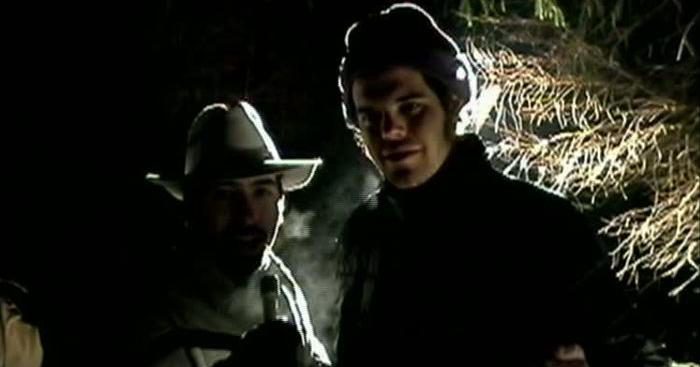
Back in the 90’s the horror genre was reaching a point of collapse, the slasher genre had run its course and started becoming the subject of satire through films like “Scream”. We all know films aren’t real but then something happened to where films started suggesting that maybe they are real. In the modern age of horror films we’ve seen an uprising in found footage style.
Think of films like “Paranormal Activity” or “The Visit”, this style is becoming more and more of the norm as a way to add realism and submerse us in the environment. Many credit “The Blair Witch Project” as the starter to this, and certainly that was a trend setter that captured public interest.
But one year before that we had “The Last Broadcast”, a film that took the same concept of using an urban legend as the set up for their scary story and filmed the entire film as a documentary. In here we follow crew members of a cable access show in which the venture into the Pine Barrens of southern New Jersey to find the Jersey Devil, a creature of New Jersey and Philadelphia folklore.
This paved the way for independent horror films and brought them back into the mainstream. Not to mention this was filmed entirely in digital video, and was the first film in history to be broadcast to theaters via satellite.
8. O’ Brother Where Art Thou? (2000)
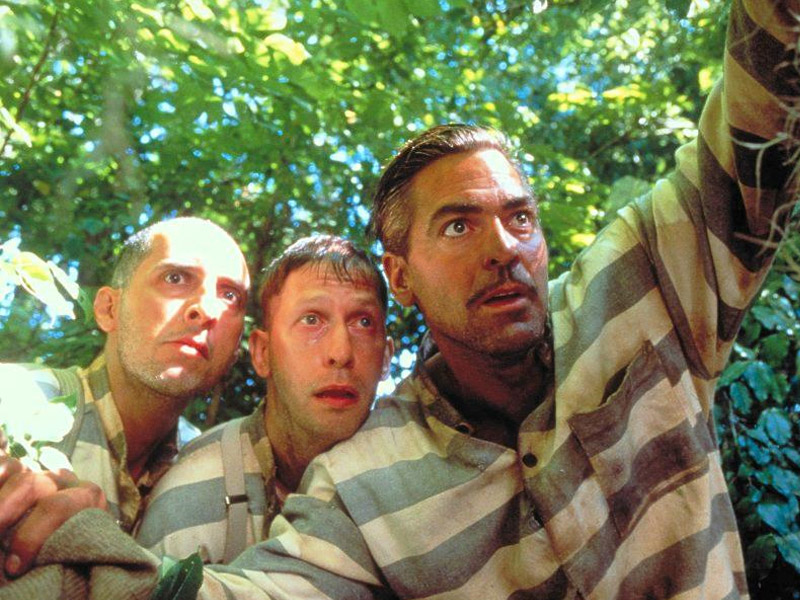
The opening credits to “O Brother, Where Art Thou?” suggest that the film is based on “The Odyssey” by Ancient Greek author Homer. Back in 1996 the Coen Brothers did something similar when they said “Fargo” was based on true story but later admitted it wasn’t. This time they admit that they never even read “The Odyssey” but yet they still manage to capture the spirit of it.
Setting this with the backdrop of the deep south in the 1930’s, three convicts (played by George Clooney, John Turturro, and Tim Blake Nelson) escape and go looking for buried treasure while the lawmen pursue them. Seems plainly basic and simple doesn’t it? But that’s what’s so great about the Coens, they can take the simplest of material and make it seem so much more layered.
The Coens are masters of creating characters, you hear little remarks made like “you two are dumber than a sack of hammers” and you can tell that this is going to be a fun ride. But another remarkable aspect of “O Brother, Where Art Thou?” is that of the color scheme innovations by Roger Deakins, this was shot in the summer when the grass was green and the sky was blue as could be.
Roger Deakins experimented with digital color grading and revolutionized film making as we know it, and the results were as perfect as one could possible ask for. The greens and blues were transformed into yellows, oranges, and browns to create an authentic storybook look and feel that captures a dusty autumn feel of the old south without just simply tinting the camera. So you have the brilliant work of one of our finest cinematographers and two of our finest writers and directors, a combination you can’t go wrong with.
9. Paprika (2006)
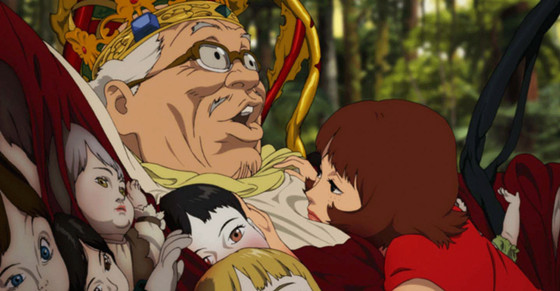
The obvious example I can point to in regards to how “Paprika” has influenced modern films is with Christopher Nolan’s “Inception”, which borrows a very similar premise of entering dream worlds with futuristic technology. But moreover, “Paprika” is a phenomenal example of pushing the boundaries in both animation and science fiction storytelling.
We’ve seen dreams and fantasies put on screen before, but the manner in which “Paprika” unfolds its story and world is a fascinating tale that further explores the traditions of science fiction. Perfectly balancing contemporary and probability, identity with technology, and the positives and negatives of advancement.
On top of all of this “Paprika” triumphs as a visually dazzling feat in animation, endlessly pushing creativity, imagination, and daring to act upon one’s mind in a deeply subliminal sense. Not that we hadn’t already had stunningly mature stories told in anime before, but “Paprika” had the widest reach of any anime film in its time and has paved the way for films of its caliber ever since.
10. Let the Right One In (2008)
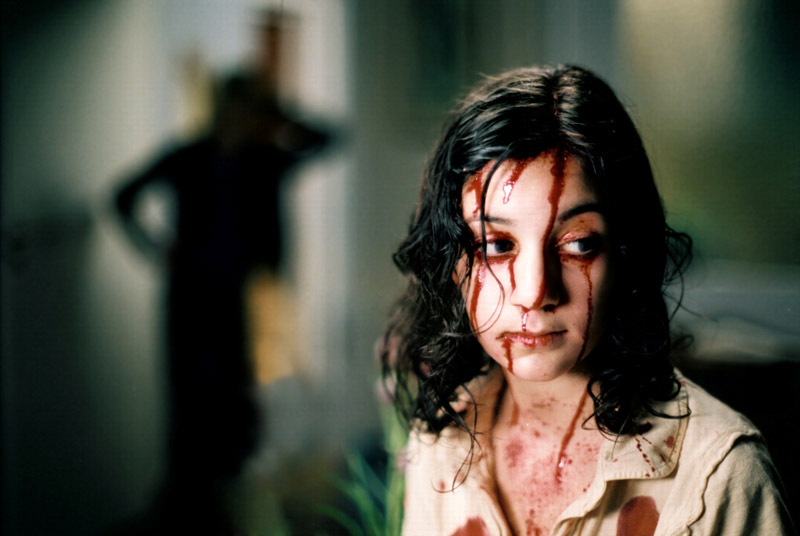
In recent years we’ve been seeing a large trend in ‘Arthouse Horror’ so to speak. Films like “The Babadook”, “A Girl Walks Home Alone at Night”, “Hereditary”, and “The Neon Demon” come into my mind. That’s not to say “Let the Right One In” was the first horror film to have this quality, we can literally go back decades to observe that. But this is the most prominent example of artful horror I’ve seen in recent times.
Most horror films, by nature, usually fall into the realms of scary, disturbing, graphic, and sometimes hilarious. But how often would you use words like ‘beautiful’ to describe a horror film? Technically speaking you could a lot in regards to the craft and skill it takes to make a film, but in terms of content and how it finds the lyricism in its horror is something far rarer to come by.
“Let the Right One In” in its core is a beautifully told story of adolescence and coming of age, but giving it the exterior of a vampire flick is a bloody twist that’s well welcomed. Vampire stories in general are about as classic with horror as you can get. The gothic nature of their stories and the themes of life, death, immortality, and love has stood the test of time for centuries.
With the right kind of hand there are those who can terribly re-imagine these stories, another film from that same year called “Twilight” is certainly proof of that. But then there’s the people who make films like this and change the dynamic of what can be done.